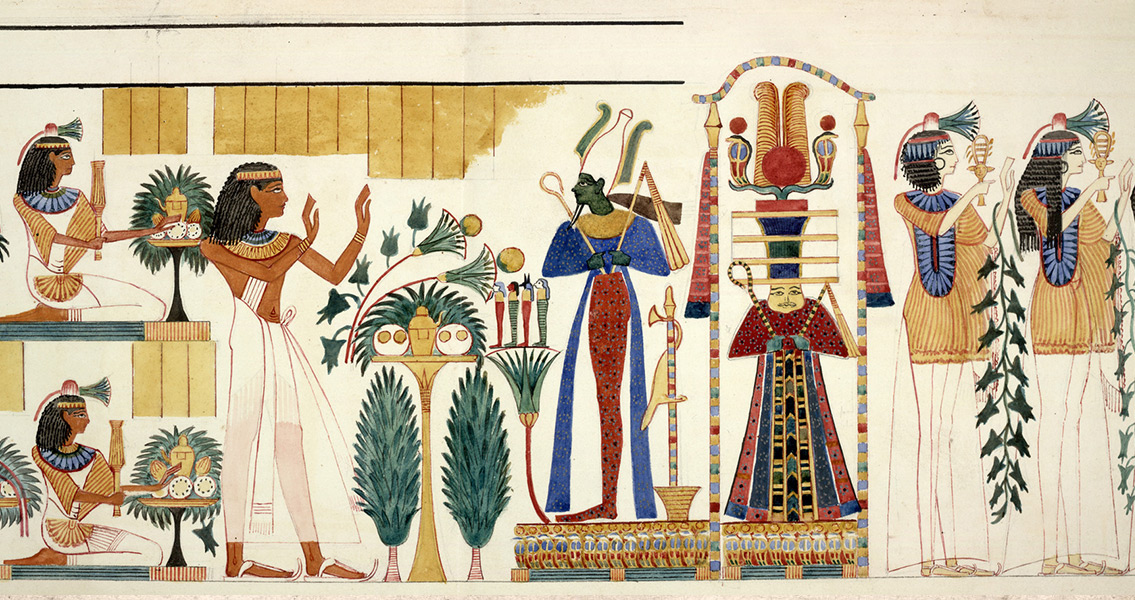<![CDATA[A team of US researchers has unearthed two tombs in the Egyptian city of Luxor, dated to the Eighteenth Dynasty of the New Kingdom which ruled between 3,500 and 3,300 years ago. The tombs were found in the courtyard of another tomb, that of general Djehuty, who served under king Thutmose III. Both tombs contain amazingly well preserved, brightly coloured murals, showing scenes of everyday life and religious ceremonies, alongside hieroglyphic writings, said the Egyptian Ministry of Antiquities in an official statement. The Ministry added that unfortunately, it seems that both the tombs had been looted at some point in the past, so there were no mummies in the burial chambers. The research team unearthed the tombs at a dig site in the Sheikh Abd el-Qurna archaeological area, which translates as “The Tombs of the Nobles”. It is located between the famed Valley of the Kings and Valley of the Queens. According to the archaeologists who found them, the two tombs belong to members of the same family. The first one, the inscriptions reveal, was built for Amenhotep, the doorkeeper of Amun-Ra, the central deity of the New Kingdom. The antiquities ministry’s statement says that so far the researchers, who are with the American Research Centre, have unearthed a 5.10-metre long and 1.5-metre wide hall that forks into a T shape. In one direction, it leads to a small chamber, 2 by 2 metres, which contains a shaft marking the entrance to the burial chamber. At the other end of the T is an unfinished niche. The second tomb belongs to Amenhotep’s son Sa-mut, and his wife Ta-Khaeet. The murals in Amenhotep’s tomb for the most part depict him and his wife with an offering table - a central element in any Ancient Egyptian tomb, where relatives of the deceased used to leave offerings for them, either actual or in the form of hieroglyphs. Besides these images, the tomb contains a mural of a goddess with a child belonging to the royal family in her arms, as well as everyday life scenes. The scientists believe that when Amenhotep’s tomb was relatively new, it was vandalised on purpose, according to Sultan Eid, general director at the Antiquities Ministry for Upper Egypt. The name and titles of Amun’s doorkeeper were erased, along with some of the texts on the walls, some images, and the name of Amun. The Eighteenth Dynasty of Egypt’s New Kingdom spanned a period between 1550 and 1295 BCE. It was a time of territorial expansion that turned Ancient Egypt into an empire. The state administration was reformed in a way that made it much more efficient, contributing to international expansion. The dynasty included kings such as Thutmose I, who conquered Palestine, Syria, and Nubia, queen Hatshepsut, who laid the foundations for Egypt as a superpower, and Amenhotep IV, who renamed himself Akhenaten and for the first time in Egypt’s religious history introduced the idea of a single god. Image courtesy of Wikimedia commons user: British Library]]>
Remarkably Preserved 18th Dynasty Tombs Found in Luxor
